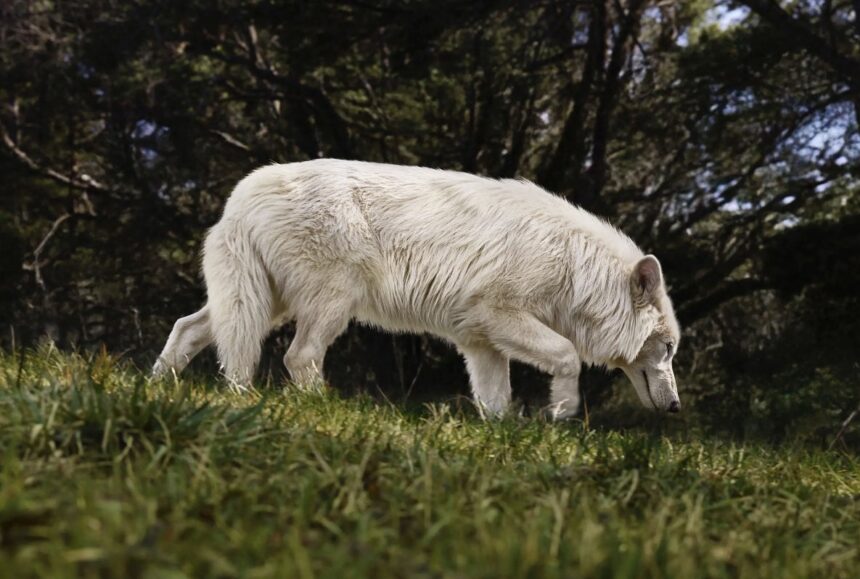Dire Wolves were animals about 25% larger than modern-day gray wolves. They were thicker, had strong shoulders, muscular legs, and larger jaws and teeth. This animal could weigh up to 150 pounds.
Dire Wolves went extinct about 10,000 years ago. Then, they were the most known predators in South and North America, and their remains have been found in Mexico, Alaska, and in southern parts of the United States.
The modern gray wolves share less similarity to dire wolves — because they were distinctively different species.
Scientists at Colossal Biosciences’ recent project on de-extincting dire wolves raised ethical concerns. These scientists used genetic editing to produce canines that are supposedly similar to dire wolves. They extracted the cells of gray wolves, modified it into genes, then implanted it into dog surrogates.
However, these moves to de-extinct dire wolves have been considered dangerous for the ecosystem.
The head of Toronto zoo, Dejong, in an interview with CTV Toronto, described it as an “incredibly dangerous” move that comes with “enormous” risk.
According to him, the project by scientists at Colossal Biosciences lacks structure and failed to adhere to scientific rules.
Dejong said, “There are no guardrails, there’s no structure, there’s no agreed to rules of engagement. This is greed and marketing personified under the name of conservation and it’s eroding good science.”
The following are reasons de-extincting dire wolf is perceived as threats to the ecosystem:
READ ALSO: What to know about Dire Wolf — nature’s prehistoric powerhouse
1. They dwelled in ancient environments
Dire wolves lived in ancient environments that no longer exist. If they existed in today’s ecosystems, they would cause more harm than good. They would be very difficult to handle and confine.
Dejong echoed this view about the so-called attempt to de-extinct dire wolves.
“I think we should be super suspicious of an American for-profit that’s privately funded and manufacturing new species with no supervision, with no oversight, and (the animals) all seem to have strong ties to pop culture. They are not the individuals we need to have on the planet to help stabilize ecosystems,” he warned.
2. They can negatively affect other animals
Manufacturing animals without proper guidelines and standards can seriously jeopardize the existence of other animals, especially the struggling ones. Creating animals cannot stabilize the ecosystems but rather create fear in people, animals and disrupt the future.
3. They can consume humans
Dire wolves love human flesh. They were not scared of man. They know how to attack humans even if they have just been fed.
4. They were aggressive
Dire wolves were aggressive. They had teeth that contained more damage than animals who also consumed bones. They injure trapped animals or those in distress. As some animal predators are on the brink of extinction, protecting them is very crucial.
WATCH TOP VIDEOS FROM NIGERIAN TRIBUNE TV
- Let’s Talk About SELF-AWARENESS
- Is Your Confidence Mistaken for Pride? Let’s talk about it
- Is Etiquette About Perfection…Or Just Not Being Rude?
- Top Psychologist Reveal 3 Signs You’re Struggling With Imposter Syndrome
- Do You Pick Up Work-Related Calls at Midnight or Never? Let’s Talk About Boundaries






